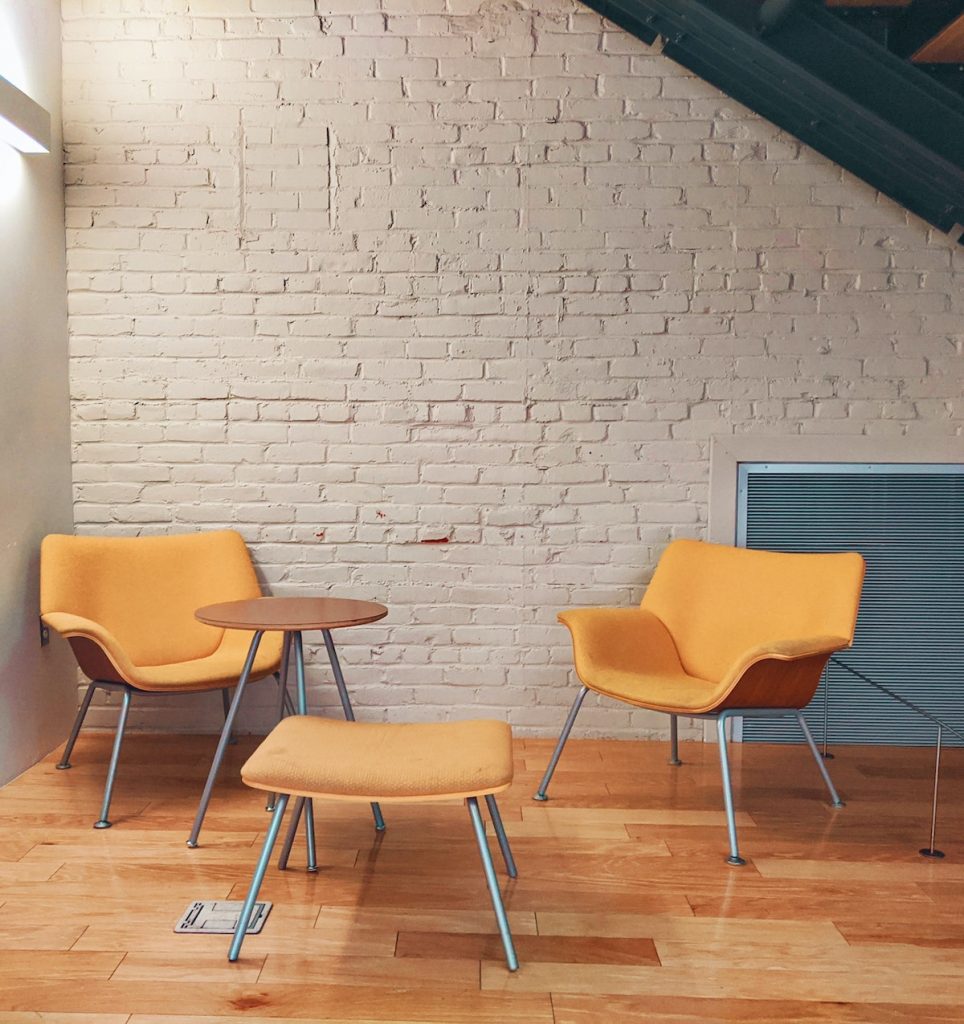Timber floor sanding and polishing for your home
Timber floor sanding and polishing is a process that can revitalise and transform the appearance of a wooden floor. It involves sanding down the top surface of the floor to remove scratches, dents, and other imperfections, and then applying a finish to protect the wood and enhance its natural beauty. This process can be performed on a variety of wood species, including pine, oak, and jarrah, and is a popular choice for homeowners, business owners, and commercial property managers in Sydney and beyond.
Before beginning the sanding and polishing process, it is important to assess the condition of the floor and determine the best course of action. If the floor is severely damaged or has deep scratches or gouges, it may be necessary to repair or replace certain boards before proceeding. In cases where the damage is superficial, it is generally possible to sand and polish the floor to restore its original appearance.
The first step in the sanding and polishing process is to remove any existing finish or wax from the floor. This can be done using a floor sander, which is a large machine equipped with abrasive sanding belts or discs. The sander is passed over the surface of the floor in a series of passes, starting with a coarse grit and progressing to a finer grit to achieve a smooth finish. Depending on the condition of the floor and the desired level of smoothness, this process may take anywhere from a few hours to a full day to complete.
Once the floor has been sanded down to the desired level of smoothness, it is time to apply the finish. There are several different types of wood floor finishes available, including oil-based polyurethane, water-based polyurethane, and wax. Each type of finish has its own unique properties and benefits, and the best choice will depend on the specific needs and preferences of the homeowner.
Oil-based polyurethane finishes are known for their durability and resistance to scratches, dents, and water damage. They also tend to yellow slightly over time, which can give the floor a warm, antique appearance. Water-based polyurethane finishes are an eco-friendlier option and do not yellow as much as oil-based finishes, but they may not be quite as durable. Wax finishes, on the other hand, are easy to apply and maintain but may not be as resistant to scratches and other types of wear and tear.
Once the finish has been applied and allowed to dry, the floor is ready for use. It is important to follow the manufacturer’s recommendations for cleaning and maintenance to ensure that the floor stays in good condition for as long as possible. This may include sweeping or vacuuming the floor regularly to remove dirt and debris and using a damp mop or cloth to clean up spills and stains. It is also a good idea to avoid dragging heavy furniture or appliances across the floor, as this can cause scratches and dents.
If you are considering having your timber floor sanded and polished in Sydney, it is important to choose a reputable and experienced contractor to ensure the best possible results. Look for a company that has a track record of satisfied customers and a reputation for delivering high-quality workmanship. Be sure to ask for references and check out online reviews to get a sense of the company’s reputation in the community.
Overall, timber floor sanding and polishing is a cost-effective and efficient way to restore the natural beauty of a wooden floor. Whether you are looking to improve the appearance of your home or commercial property, or simply want to preserve the character and charm of an older building, this process is well worth considering. By choosing a skilled and experienced contractor and following proper cleaning and maintenance practices, your outcome will always be second to none.
The Beaches Timber Floors Sydney team are on call 5 days per week for a free measure and quote for your project – reach out to them today on 0401 184 444 or email


